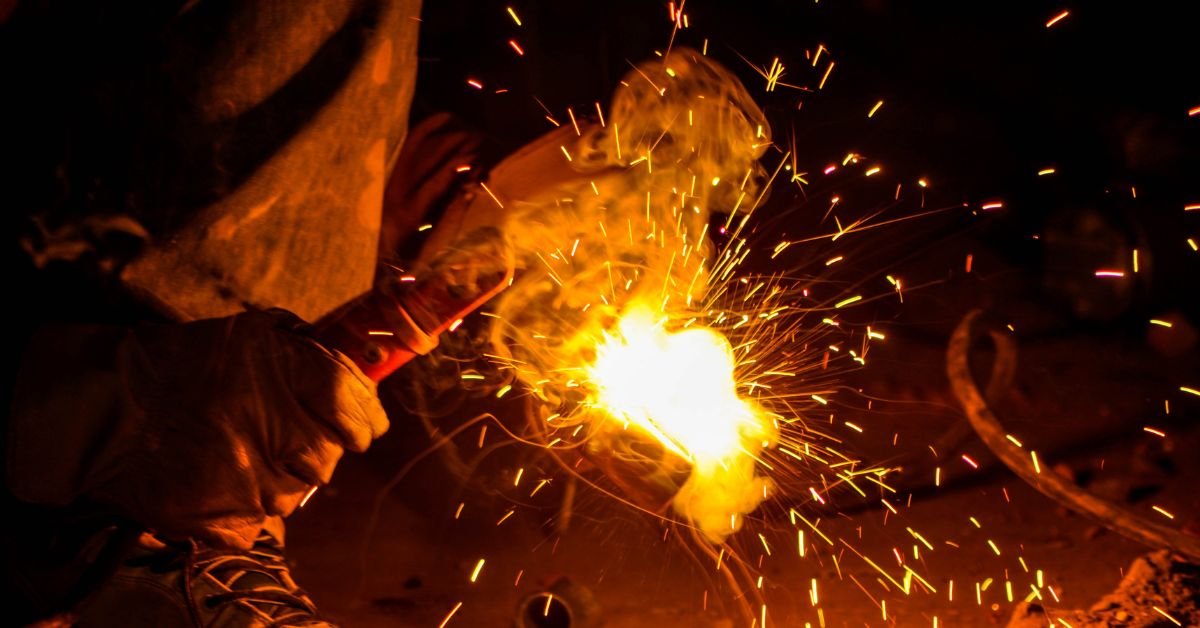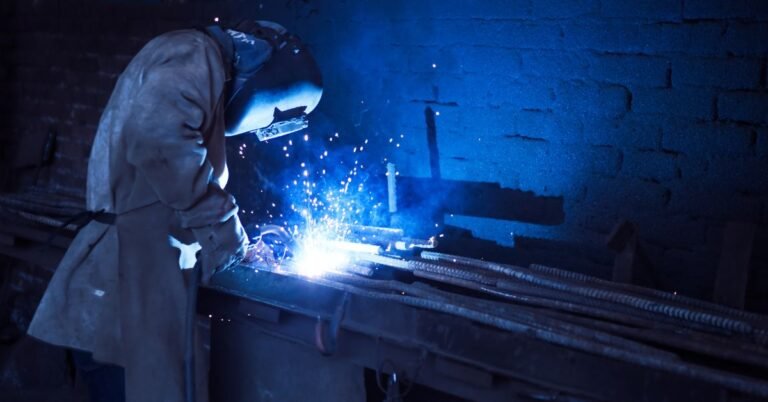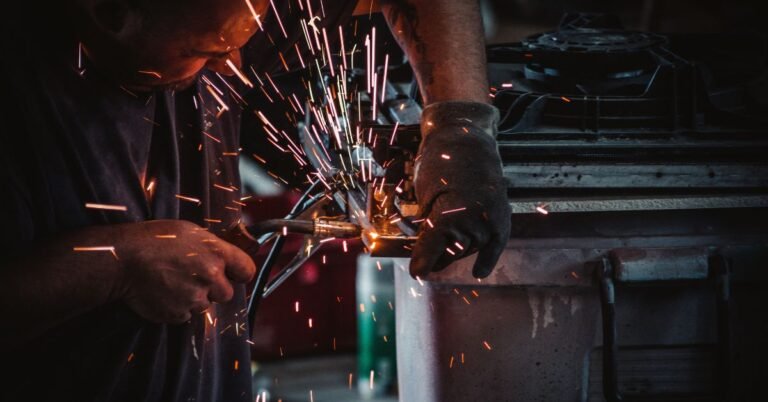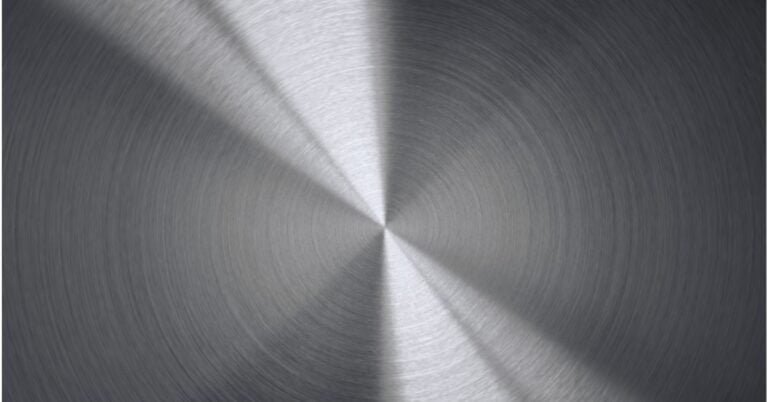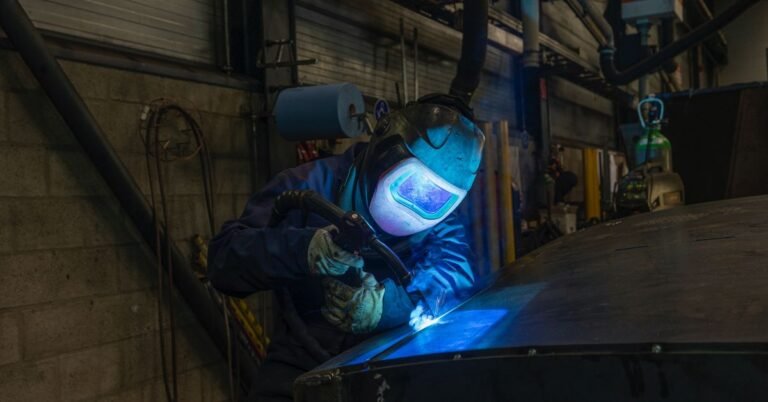Unveiling the Differences MIG, TIG, and Stick Welding
Welding is a dynamic and versatile process that allows us to join metals together, constructing structures that shape our world. Among the numerous welding techniques available, MIG (Metal Inert Gas), TIG (Tungsten Inert Gas), and Stick (Shielded Metal Arc Welding) welding stand out as some of the most commonly used methods. In this blog post, we will explore the main differences between these three welding techniques, shedding light on their unique characteristics and applications.
MIG Welding:
MIG welding, also known as Gas Metal Arc Welding (GMAW), is a popular choice for its efficiency and versatility. Here are the key characteristics of MIG welding:
- Process Overview: MIG welding involves a continuous wire electrode that feeds through a welding gun. Simultaneously, an inert gas shield, such as argon or a mixture, protects the weld pool from atmospheric contamination.
- Advantages:
- High welding speed due to continuous wire feed.
- Versatility in welding various metals, including stainless steel, aluminum, and mild steel.
- Minimal post-weld cleanup due to minimal slag or flux residue.
- Applications: MIG welding is commonly used in automotive, manufacturing, and construction industries for its efficiency in joining thicker materials.
TIG Welding:
TIG welding, or Gas Tungsten Arc Welding (GTAW), is known for its precision and ability to produce clean and aesthetically pleasing welds. Here are the key features of TIG welding:
- Process Overview: TIG welding utilizes a non-consumable tungsten electrode that generates an arc. A separate filler rod is added to the weld pool, while an inert gas shield protects the weld from contamination.
- Advantages:
- Exceptional control over heat input, making it suitable for thin metals and intricate joints.
- Clean, visually appealing welds with minimal spatter or splatter.
- Suitable for a wide range of metals, including stainless steel, aluminum, and exotic alloys.
- Applications: TIG welding is favored for precision work, artistry, and applications where aesthetics and structural integrity are paramount, such as aerospace and artistic projects.
Stick Welding:
Stick welding, also called Shielded Metal Arc Welding (SMAW), is a reliable and rugged technique commonly used in various scenarios. Here are the defining characteristics of stick welding:
- Process Overview: Stick welding involves an electrode coated in flux, which produces a protective shield and adds filler metal to the weld pool. The electrode is consumed as it melts, creating the weld.
- Advantages:
- Versatility in outdoor and field welding due to its portability and ability to handle adverse conditions.
- Suitable for a wide range of metals, making it a go-to choice for maintenance and repair work.
- Applications: Stick welding is commonly used in construction, fabrication, and repairs, particularly in scenarios where the work environment is less controlled.
Conclusion:
MIG, TIG, and Stick welding techniques each have their unique strengths and applications, catering to different needs in the welding world. MIG welding offers efficiency and versatility, TIG welding excels in precision and aesthetics, and Stick welding provides reliability and adaptability. Understanding the differences between these techniques empowers welders to choose the right method for specific projects, ensuring that the final result meets both functional and aesthetic requirements. Whichever technique you choose, the art and science of welding continue to shape our world in remarkable ways.

